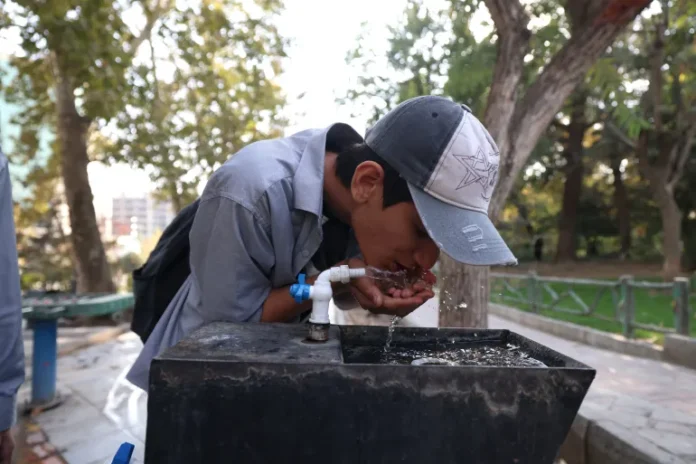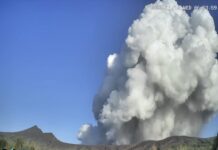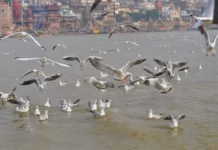
Iran’s capital is facing a water crisis of historic proportions, with authorities imposing emergency rationing for its 9 million residents and President Masoud Pezeshkian warning that entire districts of Tehran may need to be evacuated if significant rainfall does not arrive by December.
The drastic measures come as reservoir levels in critical dams have plummeted to single-digit percentages, exposing the severity of a drought exacerbated by decades of environmental mismanagement.
The crisis has been building for months, but reached a critical point this week. The Lar Dam, a key source for Tehran, is reported to be at just one per cent of its capacity, with other major reservoirs in a similarly dire state.
On Thursday, the government implemented a strict rota system, cutting water supplies to large swathes of the city during the night. President Pezeshkian had set a early-November deadline for rain, stating that large-scale rationing and even relocation would be the next steps if it was not met.
Energy Minister Habibollah Aliabadi sought to project control, stating, “We are in an unprecedented situation. Emergency rationing is essential to preserve drinking water supplies for as long as possible.” However, experts point to deeper, systemic causes. Dr. Kaveh Madani, a leading voice on Iran’s water issues, explained, “This is a crisis decades in the making.
Over 90% of our water is used for inefficient agriculture, and groundwater is being mined to extinction, causing land to subside by 300 millimetres a year in some areas. Climate change is a factor, but policy is the core problem.” For ordinary Iranians, the reality is one of profound disruption and anxiety. One Tehran resident asked, “We have water for only a few hours a night. How are we supposed to live like this?”
The broader implications are stark. Iran has experienced its driest year in living memory, with rainfall 81 per cent below average. The water shortage poses a direct threat to national stability, recalling the 2021 protests in the Khuzestan province over water scarcity that turned deadly.
The agricultural sector, which consumes the vast majority of Iran’s water, faces potential collapse, risking billions of dollars in losses and threatening food security. The government is pushing for large-scale investment in desalination plants on the Persian Gulf, but such projects are costly, time-consuming, and will do little to address the immediate crisis now gripping the capital.
Written by Were Kelly
Sources: Al Jazeera, RFE/RL.


















